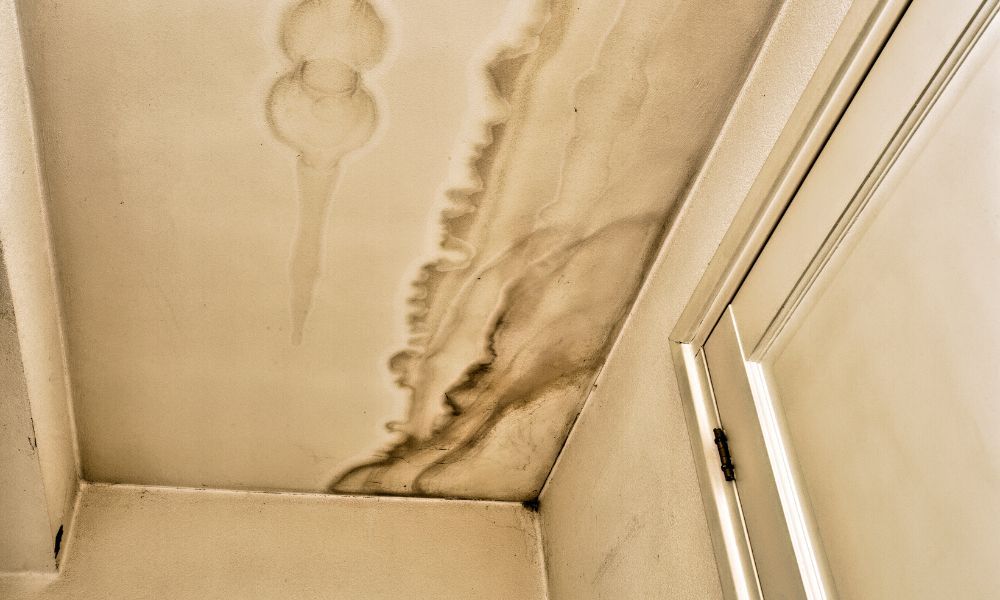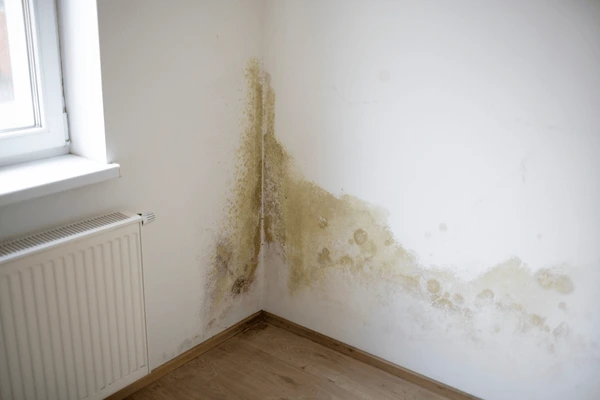Water seepage represents one of the most insidious forms of injustice that can befall a homeowner—a quiet, persistent violation that undermines not just structural integrity, but the fundamental right to safe, secure housing that every family deserves. Like systemic inequalities that eat away at communities from within, water infiltration works silently, relentlessly, and often unnoticed until the damage becomes undeniable and the costs overwhelming.
The Anatomy of Institutional Failure
When we examine water seepage through a social justice lens, we see regulatory gaps that allow substandard construction, economic pressures prioritising short-term profits over habitability, and information asymmetries that leave homeowners powerless.
The construction industry operates with impunity, building homes that meet minimum standards whilst ignoring moral obligations to create lasting shelter. These become ticking time bombs, with water seepage serving as the fuse that detonates family savings and stability.
Consider the profound inequality inherent in this system: wealthy homeowners can afford regular professional inspections, preventive maintenance, and immediate repairs. Meanwhile, working-class families often purchase homes at the limits of their financial capacity, leaving no buffer for the devastating costs that water damage inevitably brings.
Understanding the Mechanics of Oppression
Water seepage follows predictable patterns that mirror social injustice—it targets the most vulnerable points in a structure, exploits existing weaknesses, and spreads damage far beyond its point of origin. The physics of water infiltration reveal several critical pathways:
- Foundation vulnerabilities where hydrostatic pressure overwhelms inadequate waterproofing
- Envelope failures at joints and connections where materials meet imperfectly
- Thermal bridging that creates condensation points through poor insulation design
- Drainage inadequacies that allow water accumulation around structural elements
- Material deterioration accelerated by environmental stresses and deferred maintenance
Each pathway represents a point where builders, regulators, or maintenance protocols have failed homeowners. The technical complexity deliberately obscures responsibility, making accountability nearly impossible for ordinary families.
The Geography of Vulnerability
Climate change has transformed water seepage into an existential threat for many communities. Extreme weather overwhelms infrastructure designed for historical conditions, whilst changing patterns create new vulnerabilities that building codes never anticipated.
Singapore’s experience offers instructive lessons about climate adaptation and water management. The city-state’s tropical climate subjects buildings to constant moisture stress, requiring innovative approaches to water seepage prevention and management.
A Singapore building engineer explains: “Water seepage in tropical climates teaches us that prevention must be built into every design decision. You cannot retrofit your way out of fundamental envelope failures when you’re dealing with year-round humidity and intense rainfall patterns.”
This insight reveals how environmental justice intersects with building performance. Communities in challenging climates bear disproportionate risks from water seepage, yet often lack resources for adequate protection or remediation.
The Economics of Exploitation
The financial burden of water seepage falls most heavily on those least equipped to bear it. Insurance companies systematically exclude or limit coverage for water damage, particularly when it results from “gradual” processes like seepage rather than sudden catastrophic events.
This creates moral hazard where builders externalise long-term costs onto homeowners who cannot evaluate these risks during purchase. The legal system compounds this injustice by making warranty claims difficult and expensive.
- Average water seepage remediation costs include:
- Initial assessment and testing: S$800-S$2,000 depending on property size
- Minor seepage repairs: S$1,500-S$5,000 for localised interventions
- Comprehensive envelope restoration: S$15,000-S$40,000 for extensive damage
- Secondary damage repair: S$10,000-S$25,000 for interior restoration
- Temporary housing costs: S$3,000-S$8,000 monthly during major repairs
These figures represent devastating financial burdens for working families, often forcing choices between adequate repairs and other essential needs like healthcare or education.
Organising for Change
Addressing water seepage requires collective action and systemic reform, not just individual property maintenance. Homeowners must organise to demand stronger building codes, meaningful warranty protections, and accessible remediation resources.
Effective advocacy strategies include:
- Documentation campaignsthat create evidence of widespread seepage problems
- Legislative pressurefor stronger building standards and enforcement
- Class action organisationto hold builders accountable for systematic failures
- Community educationabout rights and remediation options
- Professional alliance buildingwith ethical contractors and inspectors
The fight against water seepage becomes a fight for housing justice—the principle that every family deserves shelter that protects rather than threatens their health and financial security.
Building Power Through Knowledge
Information represents power in the struggle against water seepage. Homeowners who understand the technical aspects of water infiltration can make informed decisions about prevention, detection, and remediation. This knowledge also enables effective advocacy for systemic change.
Professional building inspections should be viewed not as optional luxuries but as fundamental rights—tools for holding builders accountable and protecting family investments. Communities can organise cooperative inspection programs that make professional assessment accessible to working-class homeowners.
Early detection technologies, once available only to commercial properties, increasingly offer affordable options for residential monitoring. These systems democratise access to information that was previously available only to wealthy property owners.
The Path to Justice
Water seepage represents more than a technical building problem—it embodies systematic failures that perpetuate housing inequality and undermine family stability. Addressing these issues requires both immediate practical action and long-term systemic reform.
Individual homeowners must protect themselves through education, early detection, and prompt remediation. But lasting change requires collective action to transform building practices, regulatory frameworks, and industry accountability structures.
The fight for dry, healthy homes connects to broader struggles for environmental justice, consumer protection, and housing rights. When we organise against water seepage, we join a movement that recognises shelter as a human right rather than a commodity to be exploited.
Every family deserves housing that nurtures rather than threatens their wellbeing. The battle against water seepage becomes part of building a more just society where safe, dry homes are guaranteed rather than privileges reserved for the wealthy. Through collective action and sustained advocacy, we can transform the systems that allow water seepage to devastate working families whilst protecting the profits of those responsible for creating these vulnerabilities.



